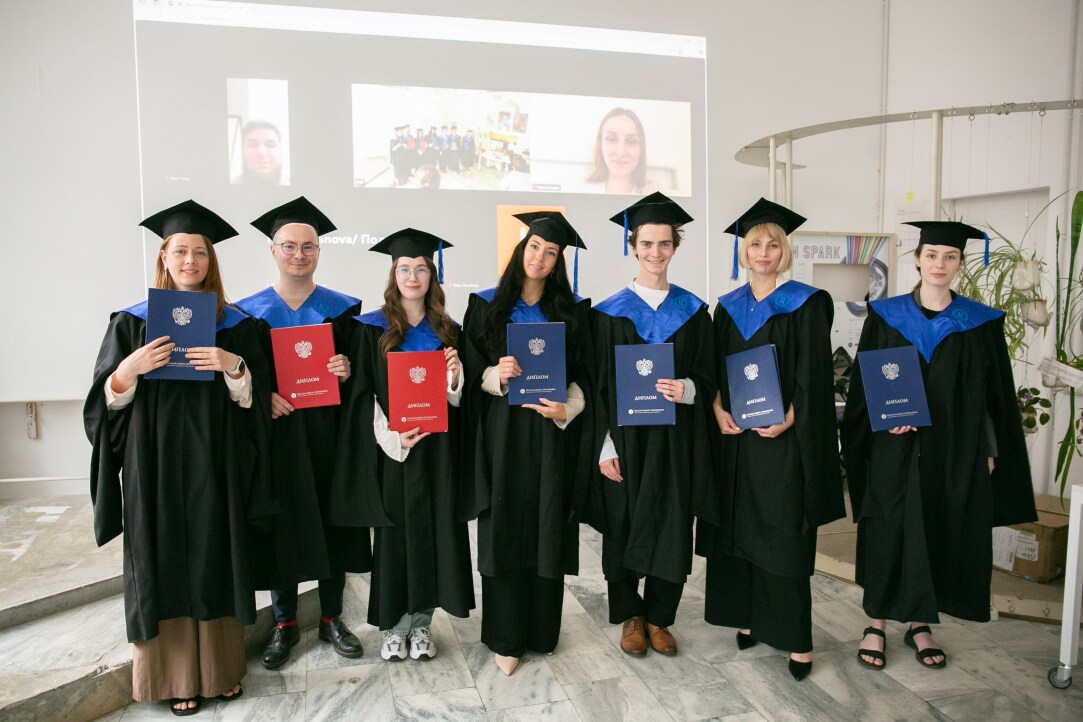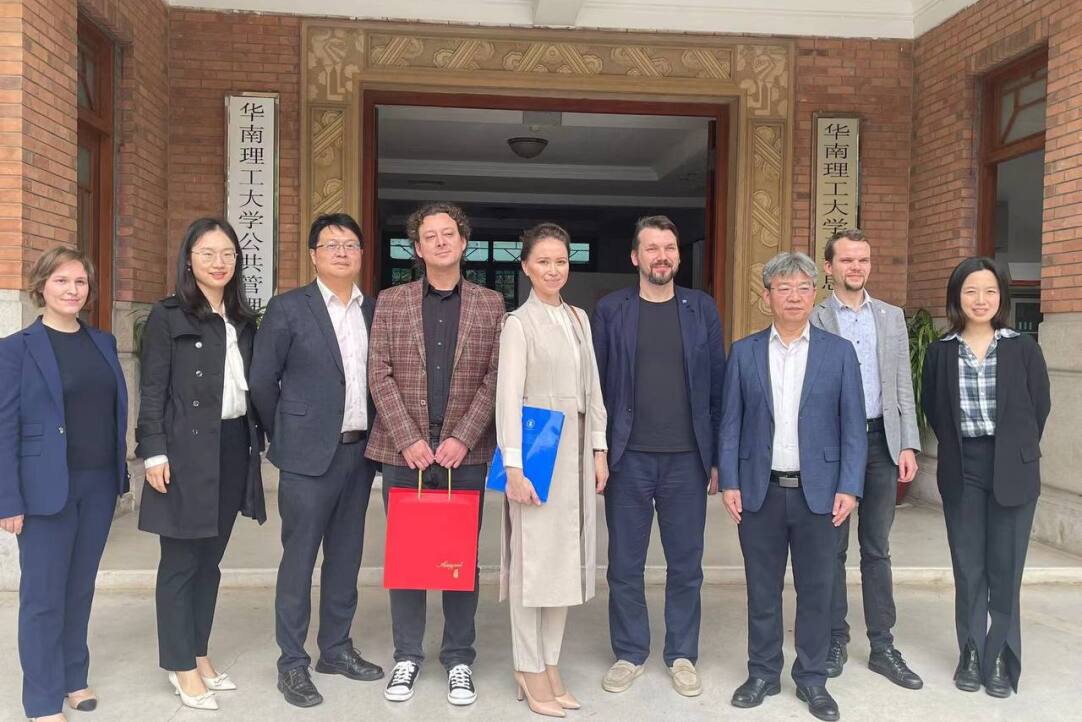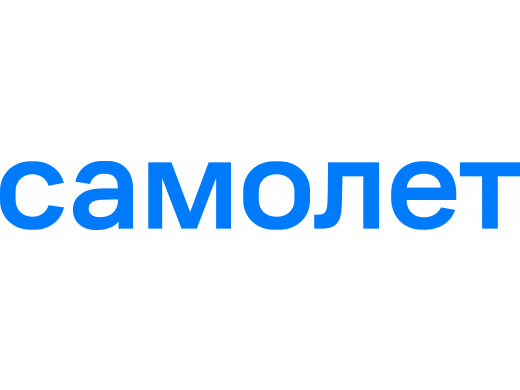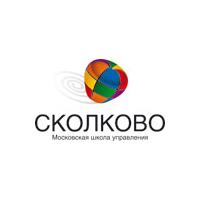Publications
-
Book
The Innovation Competitiveness of BRICS countries
The book is devoted to the assessment of innovation competitiveness of BRICS countries. It covers different aspects of science, technology and innovation in BRICS including status of STI in each country, the intra-BRICS collaboration in the field of STI, prospects of collaboration with BRICS+ countries, as well as a special chapter covering innovation development of BRICS in ICT. The book presents chapters authored by leading experts in STI policy and analysis from BRICS countries. The key questions addressed in the book cover peculiarities of national innovation systems of BRICS countries, their science, technology and innovation policies.
Springer, 2025.
-
Article
Validation of the Russian Version of the Realistic Moral Vignettes for Studies of Moral Judgments
Moral judgments and behavior are shaped by individual experiences and cultural environments. In two online studies, we used a standard set of moral vignettes to examine the generalizability of factor structure of moral judgments originally identified in American samples (Knutson et al., 2010; Kruepke et al., 2018) by testing two independent samples of the Russian population (Study 1, N = 247; Study 2, N = 223). In Study 1, the exploratory factor analysis revealed three components that accounted for most of the variance: norm violation, social affect, and intention. In Study 2, the factor structure of the identified moral components was validated by confirmatory factor analysis. Latent profile analysis revealed five distinct profiles of moral scenarios: Peccadillo, Illegal-Antisocial, Controversial Act, Prosocial, and a novel profile specific to our Russian samples—Social Conflict—as compared to the previous study of the American population. These findings suggest fundamental similarities in moral judgment processes across cultures while also highlighting culture-specific patterns in moral scenario categorization. This study also provides researchers with a battery of the real‐life experience‐derived vignettes that can be used in cross-cultural studies of moral judgment.
Behavior Research Methods. 2025. Vol. 57.
-
Book chapter
Portraying Creative Industries in the BRICS Economic Specialisations: A Superstar Approach
This chapter provides a detailed assessment of creative industries in the BRICS countries by comparing each country’s share in the world creative sector to the country’s share in the world GDP. The method applied is rooted in the superstar economy: creative industries were assessed with the indicators that confirm the presence of their most successful representatives— “creative superstars” — in the BRICS countries. The research uses data on individuals and enterprises related to filmmaking, electronic games, music, fashion, advertising and PR, architecture, education in the field of culture and arts, industrial design, and literature. The revealed superstars allow for the first-time-ever identification of the BRICS countries’ creative profiles and the assessment of each country’s comparative advantages in terms of creative industries. The quantitative analysis is supplemented by the descriptive study of the creative sector development background and current creative policies in the BRICS countries. The research outcomes add not only to a better comprehension of the creative landscape within BRICS but also to tailoring support measures for creative industries in each of the bloc’s country.
In bk.: The Innovation Competitiveness of BRICS countries. Springer, 2025. Ch. 15. P. 315-348.
-
Working paper
EXPLORING ASSOCIATIONS BETWEEN PARKING OCCUPANCY RATE AT RESIDENTIAL ESTATES AND SPATIAL CHARACTERISTICS. THE CASE OF YEKATERINBURG
Financial losses due to low demand for parking spaces in garages at residential estates is a key motivation for this research. The purpose of this paper in particular is to statistically explore the relationship between parking occupancy rates and various factors on transport supply, characteristics of location and the building. The occupancy rate of parking was measured as the ratio of actual number of cars to total number of parking spaces. The fieldwork on counting occupied parking spaces was conducted 2 times per day during a week on a sample of 13 locations in different areas of a 1.4-million Yekaterinburg city in Russia. 4700 observed parking spaces give sample size of 173 records. Statistical analysis shows that the crow-fly distance to the city center as well as the number of public transport stops are strongly associated with occupancy rate for parking. Also, occupancy rate is much more affected by the type of parking ownership. Private owning means purchase of a parking space or renting it while public ownership suggests free access. So private parking means a 45% decline in occupancy compared to the public parking regime. Research provides empirical results and some theoretical underpinnings are also highlighted.Urban and Transportation Studies. URB. НИУ ВШЭ, 2020. No. 9.
About the School
Vysokovsky Graduate School of Urbanism (GSU) is a learning and research division of the Faculty of Urban and Regional Development of HSE University. Founded in 2011, the School takes a multidisciplinary approach towards studying and planning modern cities, using the excellent foundation that one of Russia’s top universities has formed in the humanities and socioeconomics. The School’s mission is to create a centre in Russia for learning and research in urban studies and urban planning. It is envisioned that this centre will respond to the needs of the 21st century city and the corresponding era of megacities that are home to tens of millions of people with diverse interests and aspirations.
School in Figures
-
175+
enrolled students every year
-
150+
experts in various fields of urban development
-
20+
partnerships with international and Russian organizations and universities
-
70+
lecturers
-
350+
graduates
-
10+
expeditions to Russian regions










